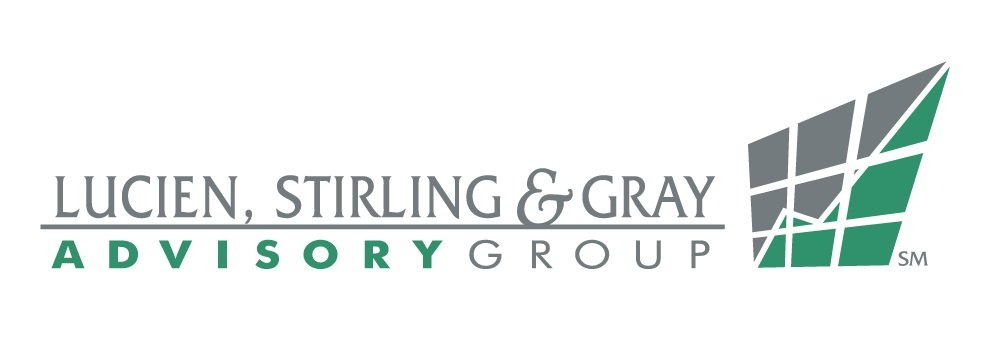A Simplified Synopsis of the One Big Beautiful Bill Act of 2025
by - Mark Ward,
artist - Daisy Lopez
For any of you who are interested here is a simplified synopsis of the newly enacted One Big Beautiful Bill Act (H.R. 1)—signed into law by President Trump on July 4, 2025—focusing on its key impacts for families and individuals.
Tax and Financial Relief
Permanent extension of the 2017 Tax Cuts and Jobs Act, including individual tax rates, standard deduction boost, and estate/gift exemption provisions.
Increased Child Tax Credit, permanently raised to approximately $2,200 per qualifying child (indexed for inflation).
New deductions for tipped and overtime income: up to $12,500 (single filers) or $25,000 (joint), subject to reporting rules, available through 2028.
Deductible interest on new U.S.-assembled auto loans (max $10,000), eligibility phased out beyond AGI thresholds (~$100K single, $200K joint).
Senior deduction: Individuals age 65+ may claim an extra $6,000 standard deduction ($12,000 for married couples) through 2028, phasing out at AGI thresholds.
Expanded SALT deduction cap: Raised from the $10K limit to $40K per household through 2029 for incomes below $500,000 (phaseout beyond that), then reverts to prior limits.
Saving & Education Benefits
Launch of “Trump Accounts”, new tax-advantaged savings/IRA‑style accounts for children born between 2025–2028, seeded with a $1,000 government contribution per child and allowing annual contributions (up to $5,000 by parents and $2,500 by employers).
Expanded 529 education plans now covering credential programs, tutoring, testing fees, and disabilities-related services. Annual withdrawal caps increase from $10,000 to $20,000 (from mid‑2026 onward).
Health Savings Account (HSA) enhancements: Broader eligibility (including bronze or catastrophic plans), telehealth coverage, direct primary care payment options, and regular HRA flexibility for small business employees.
Paid family and medical leave credit: Permanently extended and expanded, lowering the employee tenure requirement to six months and allowing coverage of employer‑paid leave premiums.
Health and Welfare Reforms
Major Medicaid overhaul: Approximately $800B–$1T in cuts over the next decade; new federal mandates include:
Work/Community Engagement Requirements: 80 hours/month of work, volunteer, or schooling required for non‑elderly adults with children aged 14–18 from January 2027, with exemptions (pregnant, medically frail, caregivers).
Biannual eligibility redetermination and reduced retroactive coverage (from 90 to 30 days) starting in 2027; cost-sharing up to $35 per service or visit for some expansion populations.
Provider funding restrictions, including limits on provider taxes, and a ban on funding for services by Planned Parenthood and gender-affirming care starting in 2027.
The CBO estimates that 10‑12 million Americans could lose Medicaid coverage by 2034 due to these reforms.
Energy, Defense & Immigration Impacts
Elimination of clean energy tax credits, including EV and solar incentives from the Inflation Reduction Act; priority given to fossil fuel and nuclear development.
Increased funding: ~$150 billion for defense, ~$175–350 billion for border enforcement and immigration operations; debt ceiling raised by $5 trillion.
Proposes deporting up to 1 million people annually and increasing ICE funding to over $100 billion by 2029.
Overall Cost and Critique
Estimated to add $3.3–4.5 trillion in deficits over 10 years, including interest; net direct cost roughly $3.4 trillion, rising above $4 trillion with interest.
Critics argue the benefits skew toward high-income households and corporations, while lower- and middle-income individuals may see reductions in welfare aid and healthcare access.
Supporters highlight expanded tax breaks, retirement and savings incentives, and perceived boosts to economic growth and national security.
Bottom Line for Families and Individuals
For middle- and upper-income earners: the bill offers expanded tax deductions, child savings accounts, and enhanced family benefits.
For lower-income individuals or Medicaid/SNAP beneficiaries: it brings stricter eligibility checks, new work requirements, cost-sharing, and reduced benefits—potentially creating coverage gaps.
Further here is a highly truncated and simple synopsis of the newly passed One Big Beautiful Bill (H.R. 1). It’s a sweeping tax, spending, and policy package that also affects businesses.
For Businesses
Lower Taxes
Corporate tax rate remains low at 21%.
Expanded deductions for equipment, vehicles, and employee bonuses.
Healthcare Flexibility
More options to offer Health Reimbursement Arrangements (HRAs).
Can help fund employee HSAs and premiums more flexibly.
Payroll Incentives
Keeps tax credits for employers offering paid family leave.
New credits for hiring young parents or military spouses.
Energy & Economy
· Green energy cuts: Ends tax credits for electric vehicles and solar panels.
· Fossil fuel boost: Supports oil, gas, and nuclear energy development.
· National security: Big increases in defense and immigration enforcement.
Bottom Line
Pros: Lower taxes, better savings tools, more support for parents, and business-friendly policies.
Cons: Medicaid cuts, rising national debt, and reduced clean energy support.
This bill is broad and controversial, but it brings big tax benefits for many businesses likely at the cost of ongoing large government deficits.
All the above information on the bill cited was gleaned from articles and research from:
The Wall Street Journal
Kiplinger’s Personal Finance
JPMorgan’s Investment Research
Yahoo Finance
Thank you all for your continued trust and confidence,
Mark A. Ward
V.P., Operations & Chairman IPC

